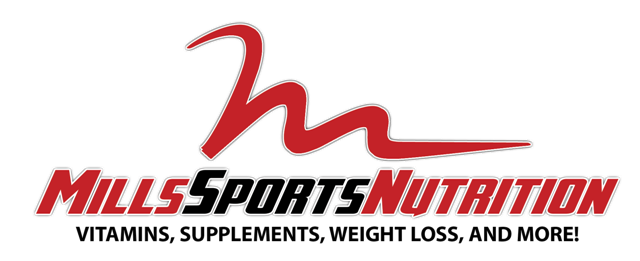A common question I get asked by customers/clients is about how much protein, fat, and carbs they are supposed to be intaking on a daily basis. Sometimes that question can be a little complicated to answer but for the most part there are formulas and ratios to go by for sport specific training. In this post I will break down the different sports and what the "normal" ratios are for macronutrient intake.
Each one of these percentages are for the athlete DURING their respective sport! The offseason macronutrients are a little different for each.
|
Nutritional Ratios of Selected Performance Eating Plans
|
|
Performance
Nutrition Plan
|
Rationale
|
|
15% Fat
30% Protein
55% Carbohydrates
|
Anaerobic – Immediate
Energy Sports. For individuals in sports where explosive strength and power
is required, immediately available ATP and CP, anaerobic energy is used.
Large muscles comprised of mostly fast twitch muscle fibers. High protein is
required to maintain positive nitrogen balance and repair fragile fast twitch
muscle fibers. Low fat, high carbohydrate intake is suggested, because these
athletes utilize mostly muscle glycogen to replenish ATP and CP stores.
Sports: Baseball, Boxing, Football, Gymnastics, Martial Arts, Swimming (Power/Sprint Events), Track and Field (Power/ Sprint Events) , Wrestling
|
|
20% Fat
25% Protein
55% Carbohydrates
|
Anaerobic Glycolytic Sports. For individuals in sports
where explosive strength and power is required on a sustained, or highly
repetitive basis. Muscle glycogen is a primary source of energy for these
athletes. High protein is required to maintain positive nitrogen balance and
repair fast twitch muscle fibers.
Sports: Cycling-Sprint/Mid-Dist, Dancing (Power), Fitness (Power Exercisers), Golf, Hockey, Racket Sports, Rock Climbing, Soccer (Power Positions), Swimming (Mid-Distance Events), Track and Field (Mid-Distance Events), Volleyball
|
|
20% Fat
20% Protein
60% Carbohydrates
|
Anaerobic Glycolytic – Oxidative Glycolytic Sports. For
individuals in sports where the aerobic pathway is the predominate energy
source, but glycolysis is also relied upon. Fatty acids and muscle glycogen
therefore become important energy sources. Moderate protein intake is
required to maintain positive nitrogen fibers. This is a good daily nutrient
intake for cross-training sports, or multi-energetic sports, as well for
general health and fitness.
Sports: Cycling - Long Dist, Dancing (stamina), Fitness (Mid-Distance Exercisers), Soccer (Mid-Distance Positions), Swimming (Long-Distance Events)
|
|
25% Fat
15% Protein
60% Carbohydrates
|
Oxidative Sports. For individuals in sports where
oxidative endurance is required for long distance events. Slow twitch muscle
fibers predominate. High carbohydrate is required to maintain glycogen
stores. Endurance athletes utilize high amount of fatty acids for energy,
therefore moderate dietary fat intake is warranted. Protein intake is lowest
for this group of athletes.
Sports: Fitness (Endurance Exercisers), Track and Field (Long Distance Events), Triathlon
|
The ratios listed above are great starting points for YOU to determine what works. Remember that EVERYONE is different and these exact ratios may not work with your performance standards. It is up to YOU to listen to your bodies signals and responses to training. Adjust according to how you are feeling. For example, someone looking to lose weight: This person has hit a plateau in losing a few lbs so now they believe they need to change everything, not the case at all! Just adjust your carbohydrates by 10g for a week and see where that takes you.
Just remember to not out think yourself when it comes to your food, that is when you get frustrated and you fall back into bad habits! If you have any questions just leave a comment! Thanks for reading!!!
